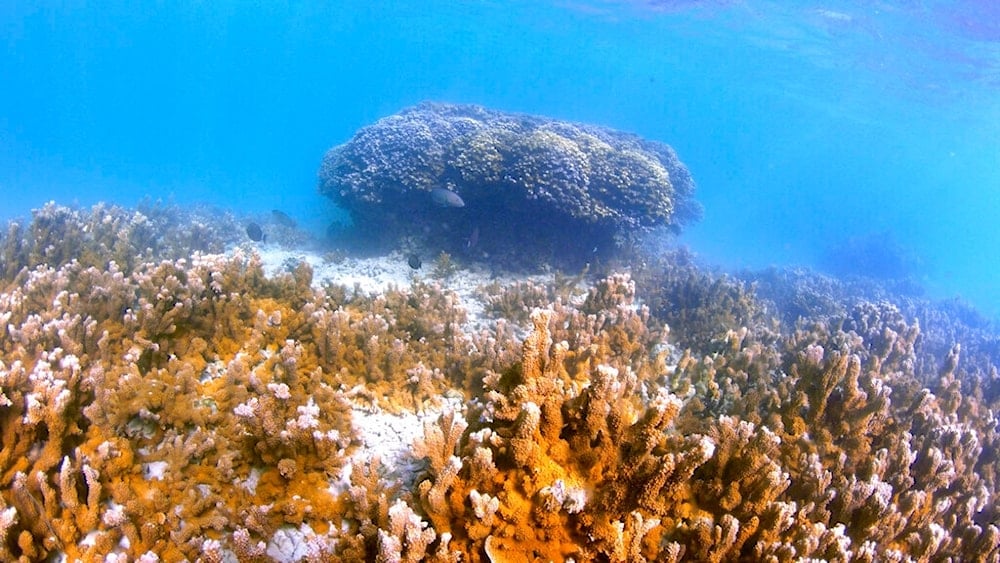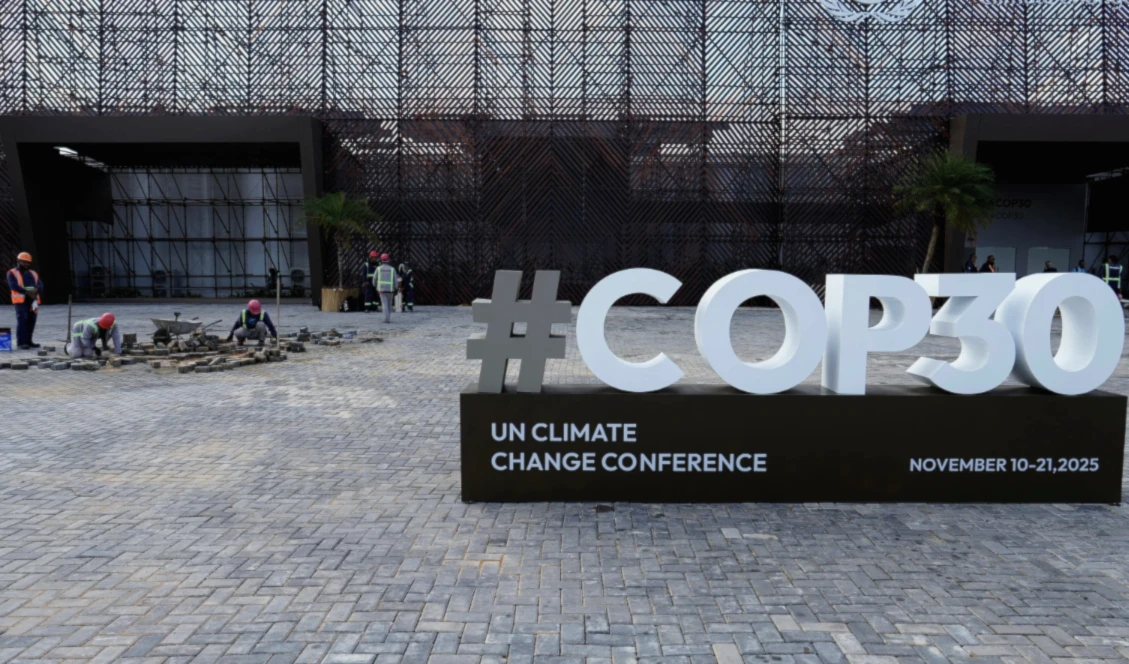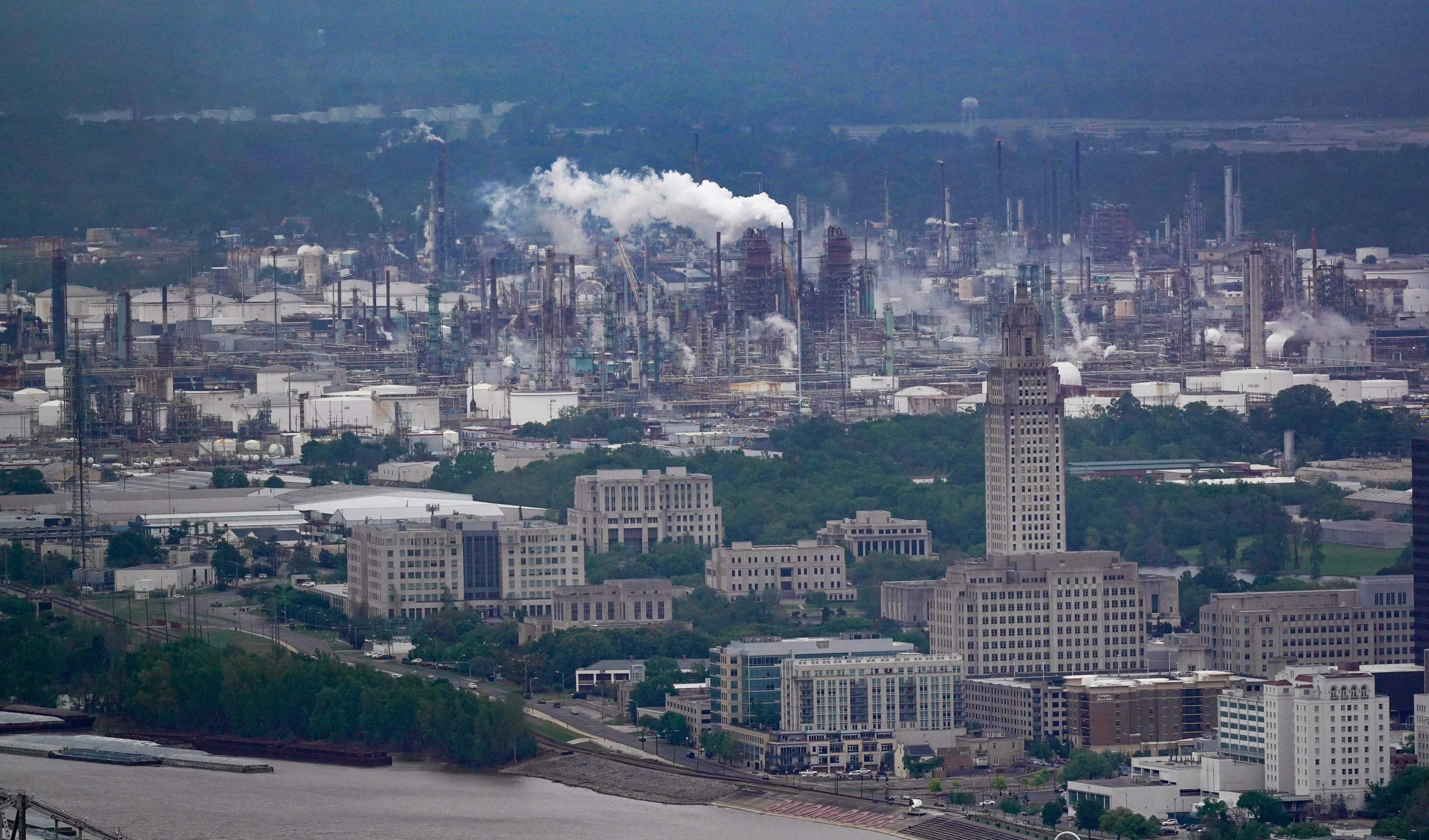Millions at risk from rising seas, extreme heat in Australia: Report
A new assessment warns Australia faces soaring heat, flooding, and huge economic losses unless emissions cuts accelerate and fossil fuel projects slow.
-

Fish swim near a head of coral in Kaneohe Bay, Hawaii, on Friday, Oct. 1, 2021. (AP)
Australia faces a stark future in which rising seas and intensifying heat threaten millions of lives and livelihoods, according to a landmark climate risk assessment released Monday. The findings come just days before the government is due to unveil new emissions-reduction targets, a key step under the Paris climate accord.
The report warns that global warming will unleash “cascading, compounding, concurrent” threats across the country. Climate Minister Chris Bowen underscored the urgency, declaring, “We are living climate change now. It’s no longer a forecast, a projection, or a prediction; it is a live reality, and it’s too late to avoid any impacts.”
By 2050, around 1.5 million people in coastal regions are expected to face direct risk from sea level rise and flooding. That figure could double to three million by the end of the century.
Vulnerable communities on the frontline
Among the hardest hit will be the Torres Strait Islands, where seas are rising faster than the global average. For the sparsely populated islands off Australia’s northern tip, higher waters threaten not only homes and livelihoods but also cultural identity and connection to land.
The financial toll is projected to be staggering. Property losses could reach AU$611 billion (US$406 billion) by mid-century, climbing to AU$770 billion by 2090.
The human toll is equally dire. If average global temperatures rise by three degrees Celsius, heat-related deaths in Sydney could soar by more than 400%, the report said. Meanwhile, Australia’s unique wildlife will be forced to migrate, adapt, or disappear entirely.
'Terrifying' outlook
Amanda McKenzie, chief executive of the Climate Council, called the findings “terrifying". She urged urgent action, saying, “We can choose a better future by cutting climate pollution harder and faster now. The first step is legislating the strongest possible 2035 climate target and stopping new polluting projects.”
For decades, climate action in Australia has been entangled in the so-called “climate wars\', a fierce political battle over emissions policy. While the current Labor government has accelerated investment in renewable energy and pledged deeper cuts in greenhouse gases, it has also continued to approve fossil fuel projects.
One flashpoint is the North West Shelf project, a massive liquefied gas operation recently granted a 40-year extension. Producing more than 10 million tonnes of gas and petroleum annually, it has drawn sharp criticism from Indigenous and environmental groups.
Bowen acknowledged the competing pressures of steering the economy toward clean energy while ensuring energy security. He said natural gas would remain a necessary backup during the transition. “But we also face that challenge from a position of strength, because we have the best renewable resources in the world,” he added.

 3 Min Read
3 Min Read











